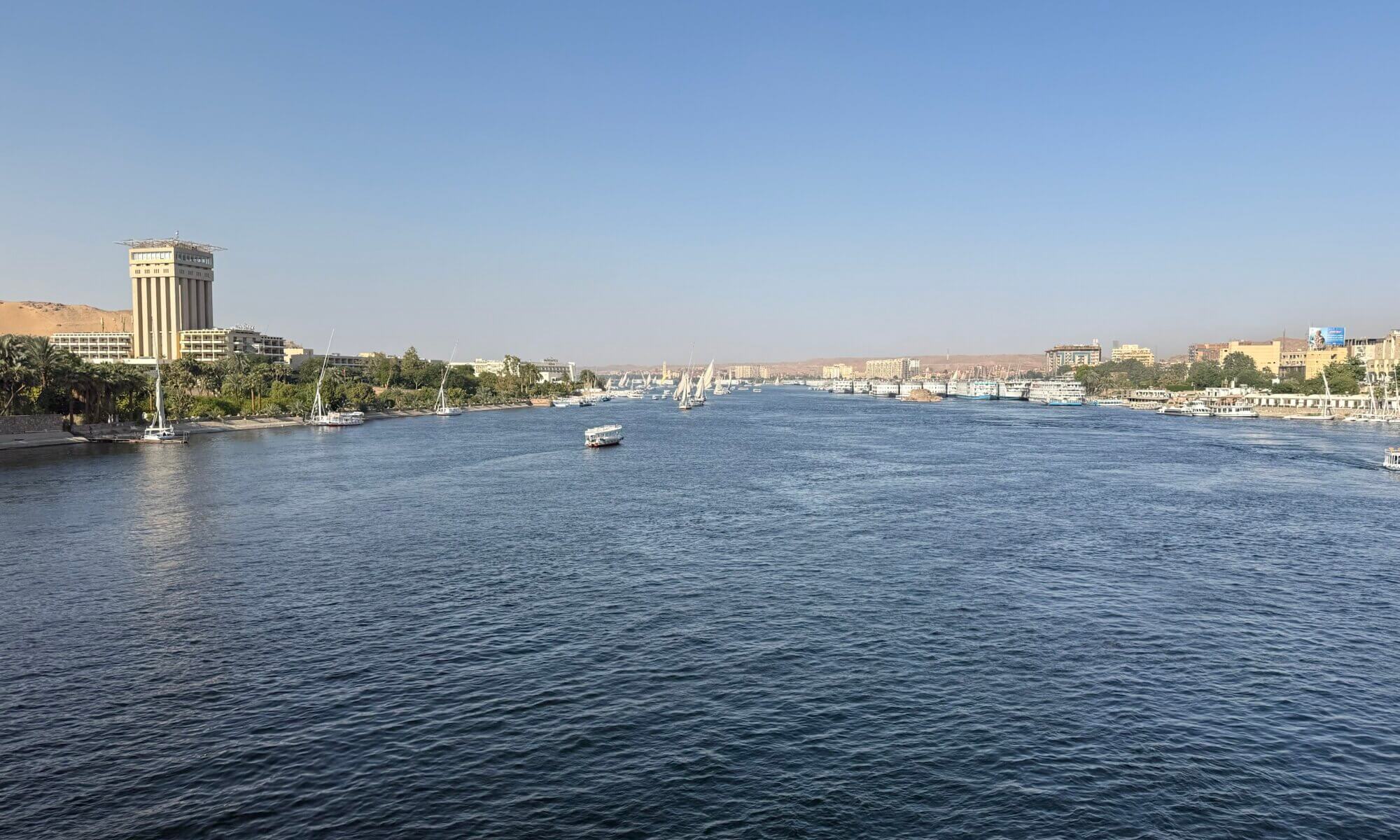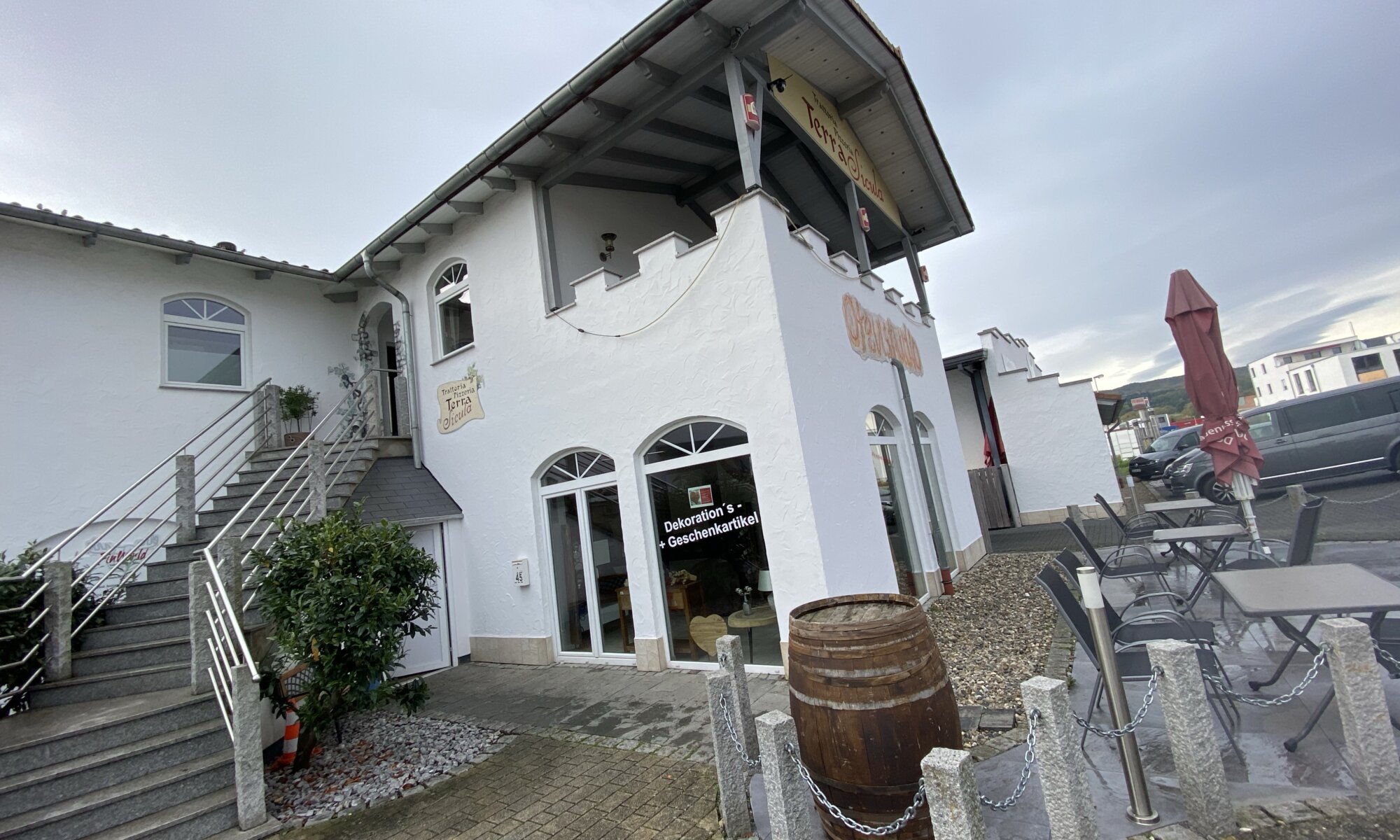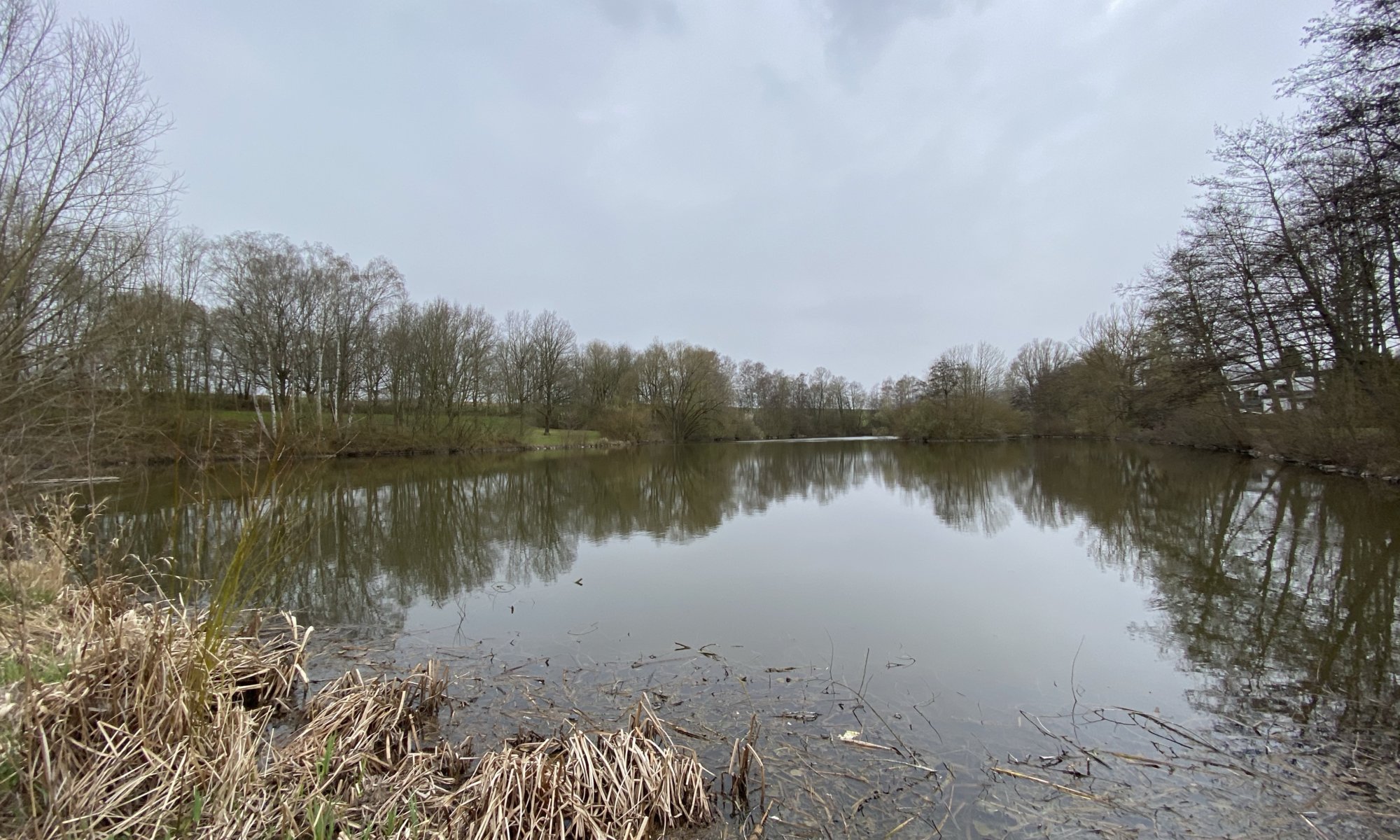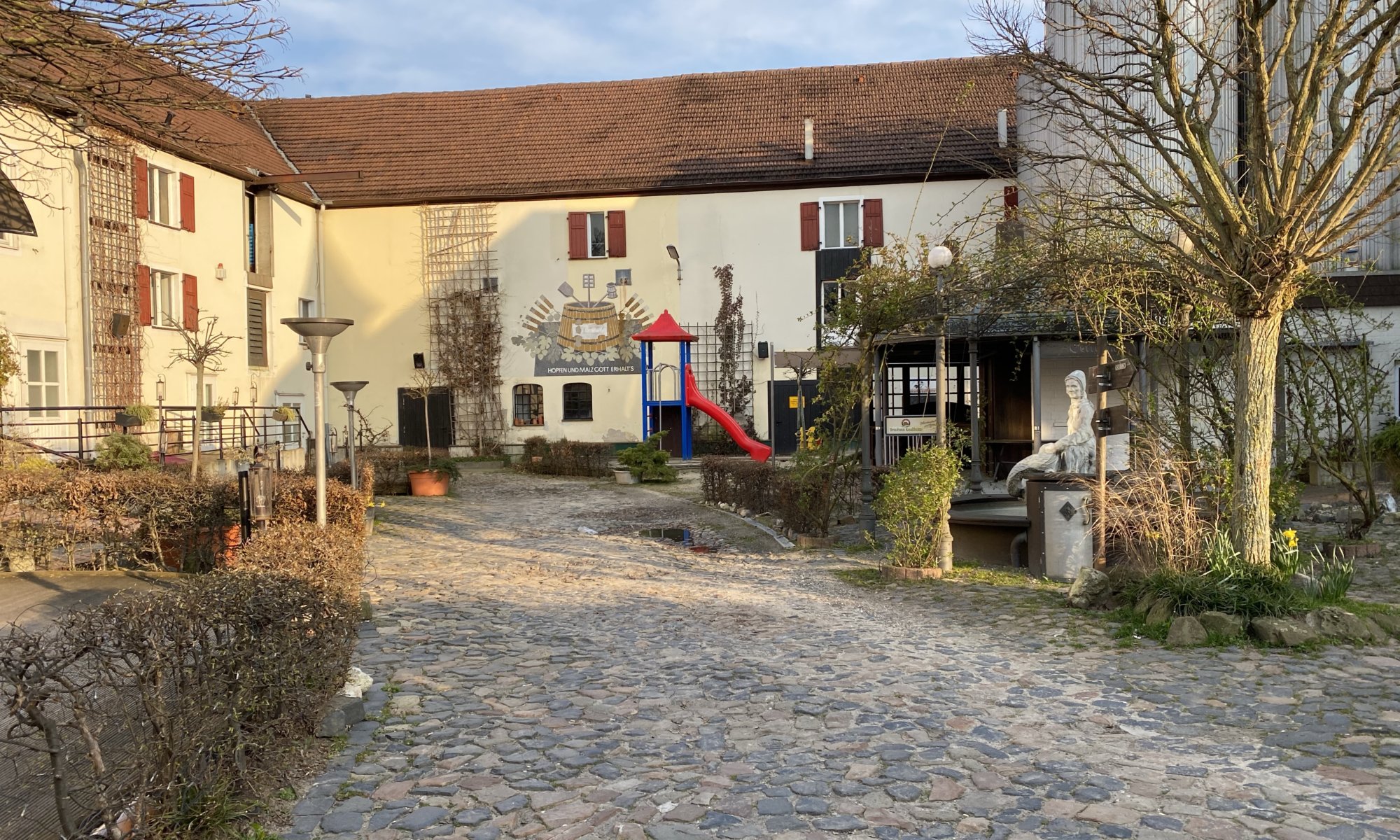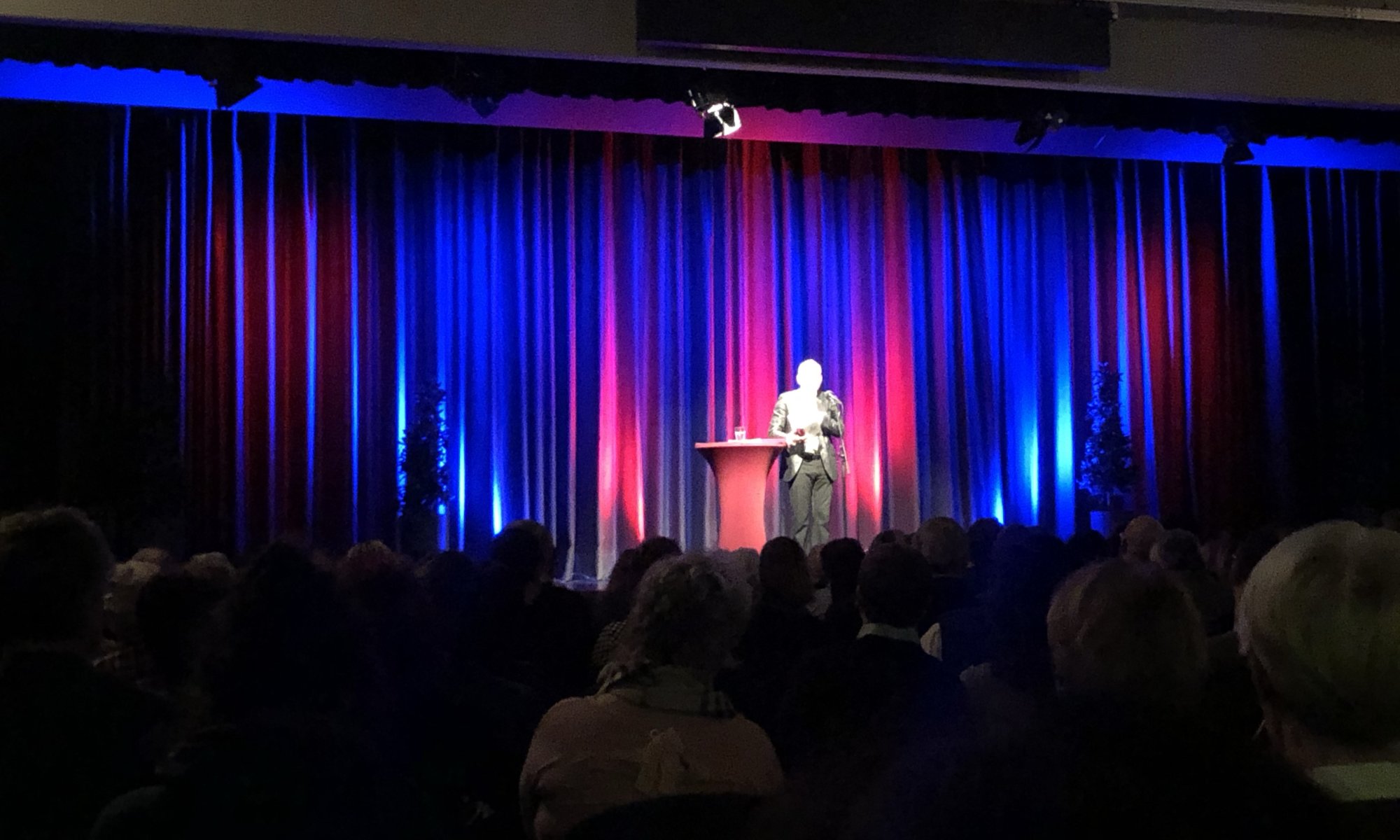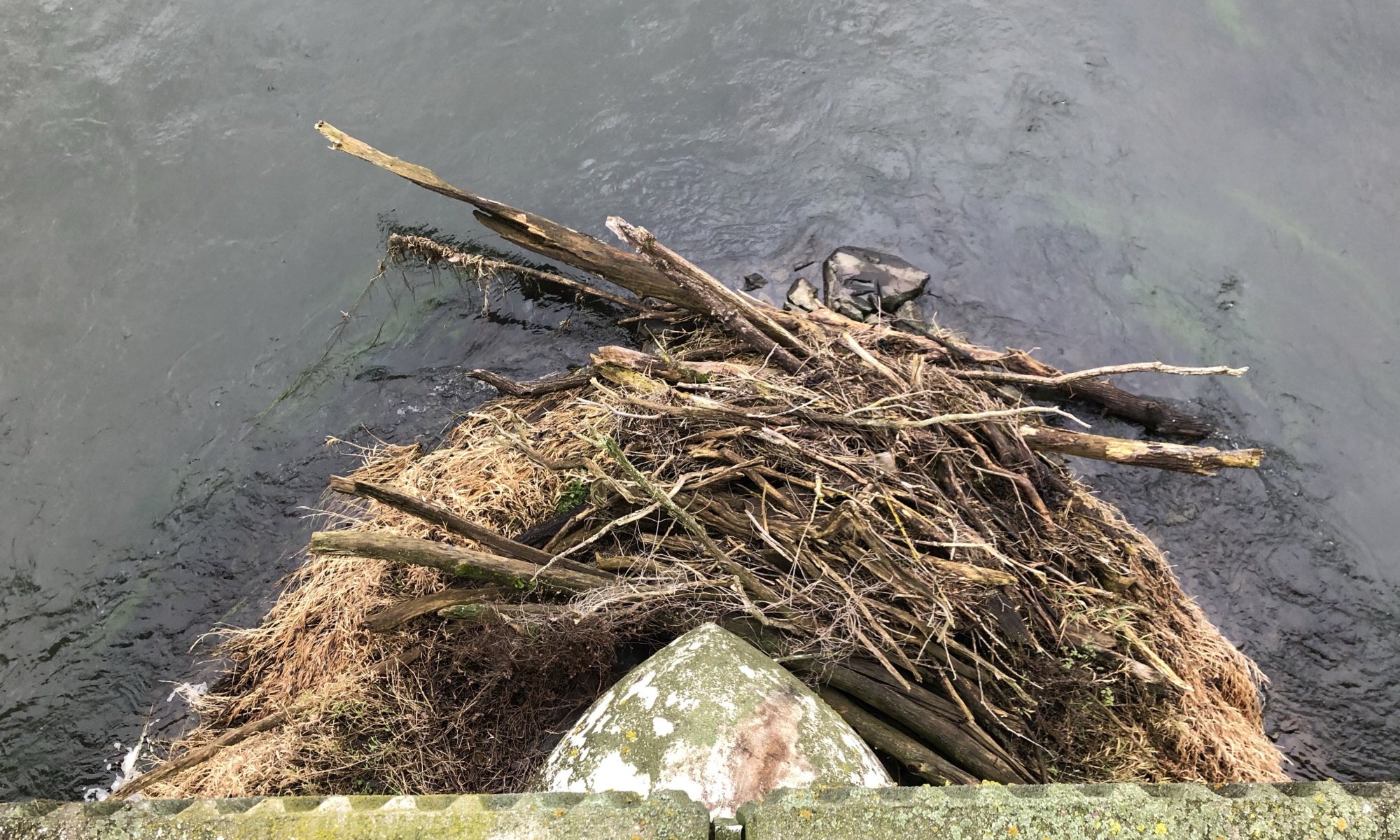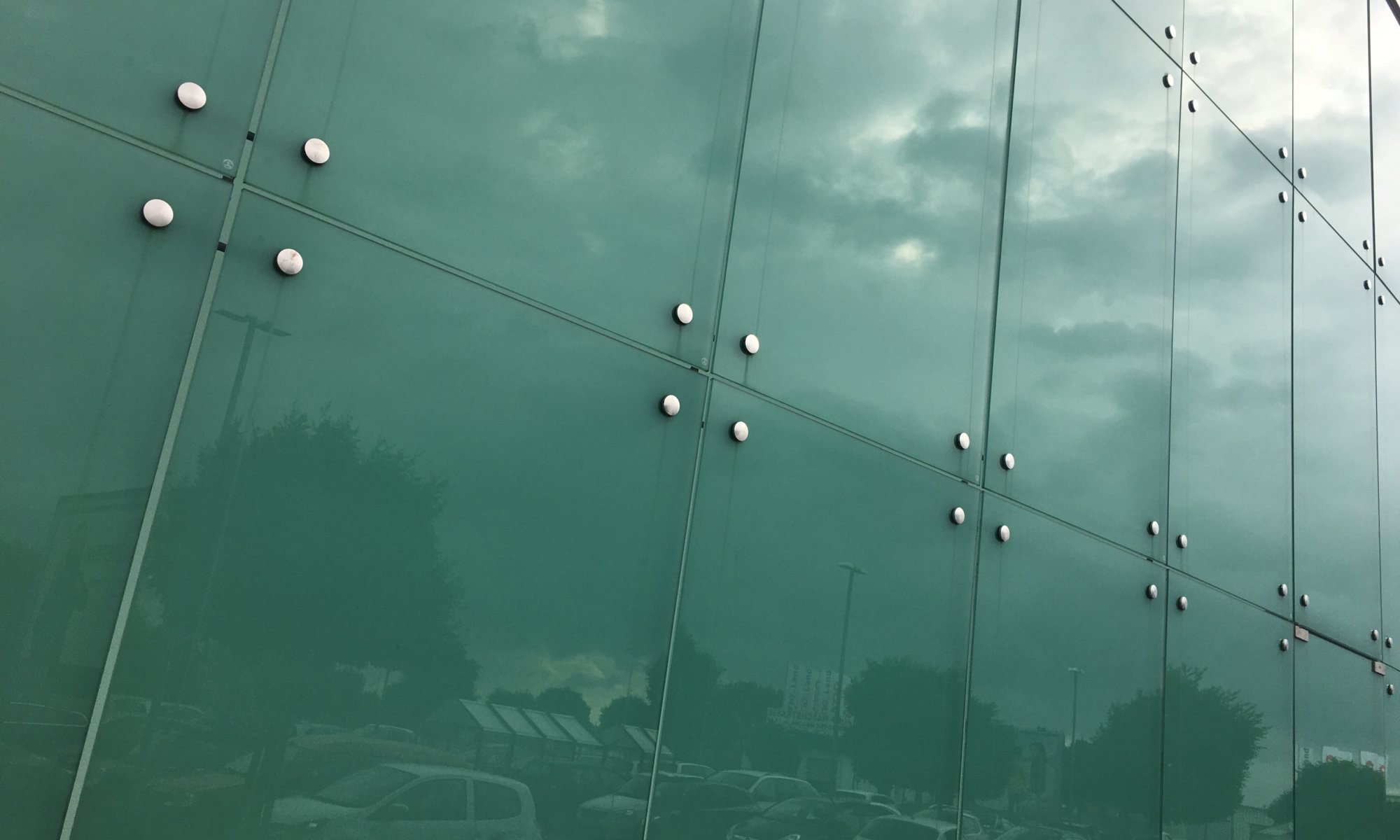Was your last vacation in Italy already too long ago? If you’re searching for the best pizza of Baunatal, Germany, you need to know where to look for it: in an industrial zone of the city quarter Großenritte. There you’ll find the pizzeria Terra sicula (Sicilian soil) which offers the typical Italian dishes in outstanding quality. The walls are decorated with images from Corleone – so I wouldn’t dare to say something else. 😉
Continue reading “Terra sicula”Leiselpark
The Leisel is a small river at Baunatal, Germany. Between the city quarters Altenbauna and Kirchbauna it runs into river Bauna (giving the city its name) – and exactly there you can find the Leiselpark, the local recreation zone of Baunatal. It is a nice long-stretched park with different paths to stroll around and a big playground. At one end of the park you can find the Leiselsee – an artificial lake created from the waters of the river.
Continue reading “Leiselpark”Knallhütte
If somebody would ask me about my most favourite local beer, I would always answer ‘Hütt naturtrüb‘, a delicious non-filtered Pilsener brewed by the Hütt-Brauerei located at Baunatal, Germany. Since 1752 they brew beer at a location called Knallhütte close to motorway A49. In former times carriages needed additional horses to get on top of the hill and signalled this using their horsewhips – the sound of this gave the place its name (‘knallen‘ = banging). Today you can take a tour at the brewery, buy some beer at their shop or enjoy good food in the restaurant.
Continue reading “Knallhütte”Stadthalle Baunatal
The city centre of Baunatal, Germany, is no extraordinary beauty. The reason why people from Kassel and the region around sometimes visit it can be found at its centre: the Stadthalle Baunatal, a location used for concerts and other cultural events. On 800 square meters, up to 1,000 people can attend events. But it can also be used for smaller meetings and fairs.
Continue reading “Stadthalle Baunatal”Wet grave
Different stories about bridges could be told at Guntershausen. The village belonging to Baunatal, Germany, is an important railway junction where the tracks from Kassel to Frankfurt (Main-Weser-Bahn) and from Kassel to Bebra (Friedrich-Wilhelms-Nordbahn) meet. Since 1848 a large and beautiful bridge leads over river Fulda, but its centrepiece was destroyed during World War II by the Nazis. It was rebuilt in 1952 in modern style. The most macabre story happened during the construction works of a nearby road bridge. High water stopped the construction works in 1924 right after the piling walls had been placed.
Continue reading “Wet grave”Shopping city
People love shopping malls. It is a phenomenon that swapped over from the United States and was for a long time unknown to me. Living in the city center in Göttingen, Germany I had every necessary shop around me. Nowadays I like to explore those large complexes with its different shops on several levels and the collection of small restaurants in food courts. Continue reading “Shopping city”
